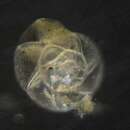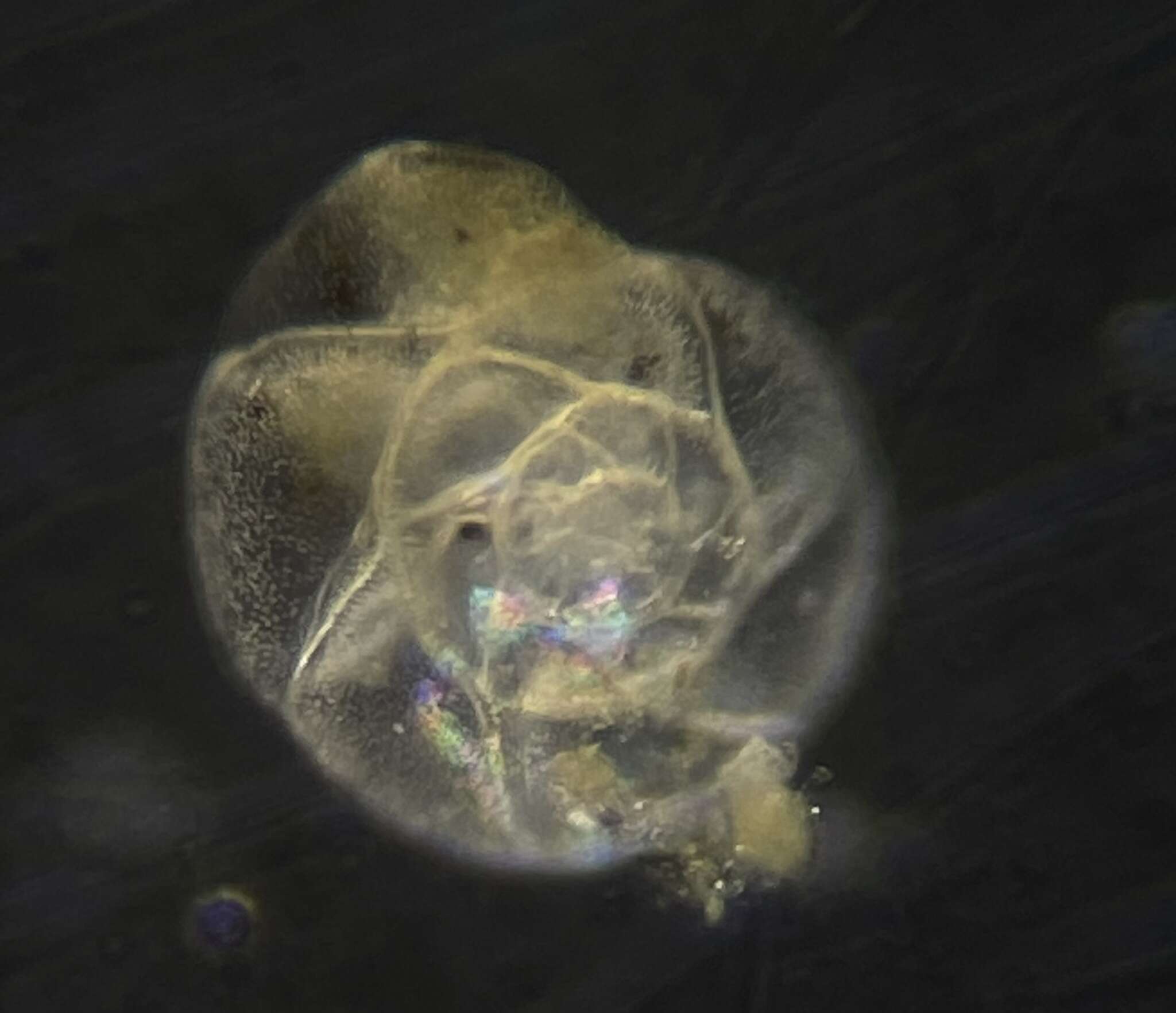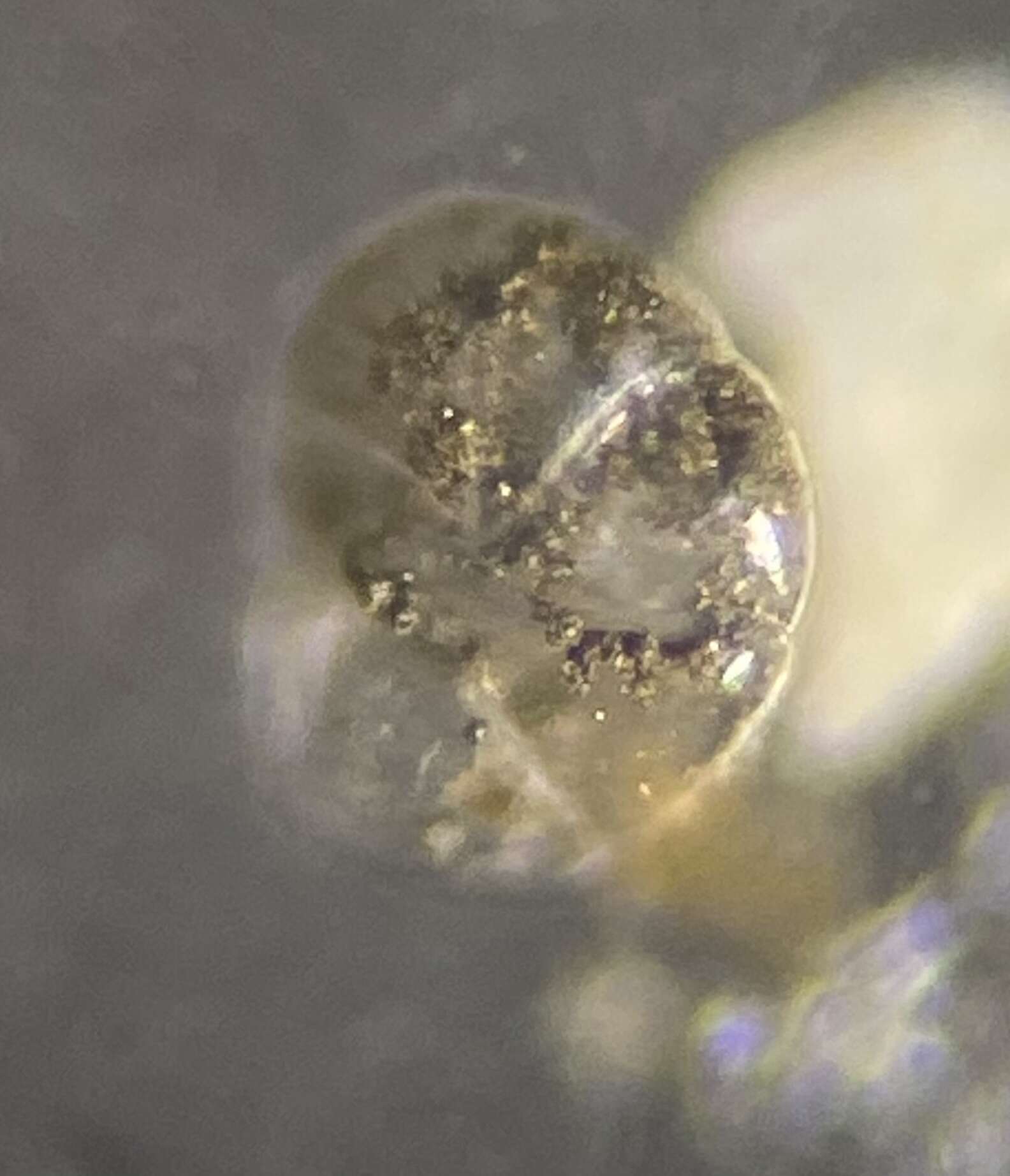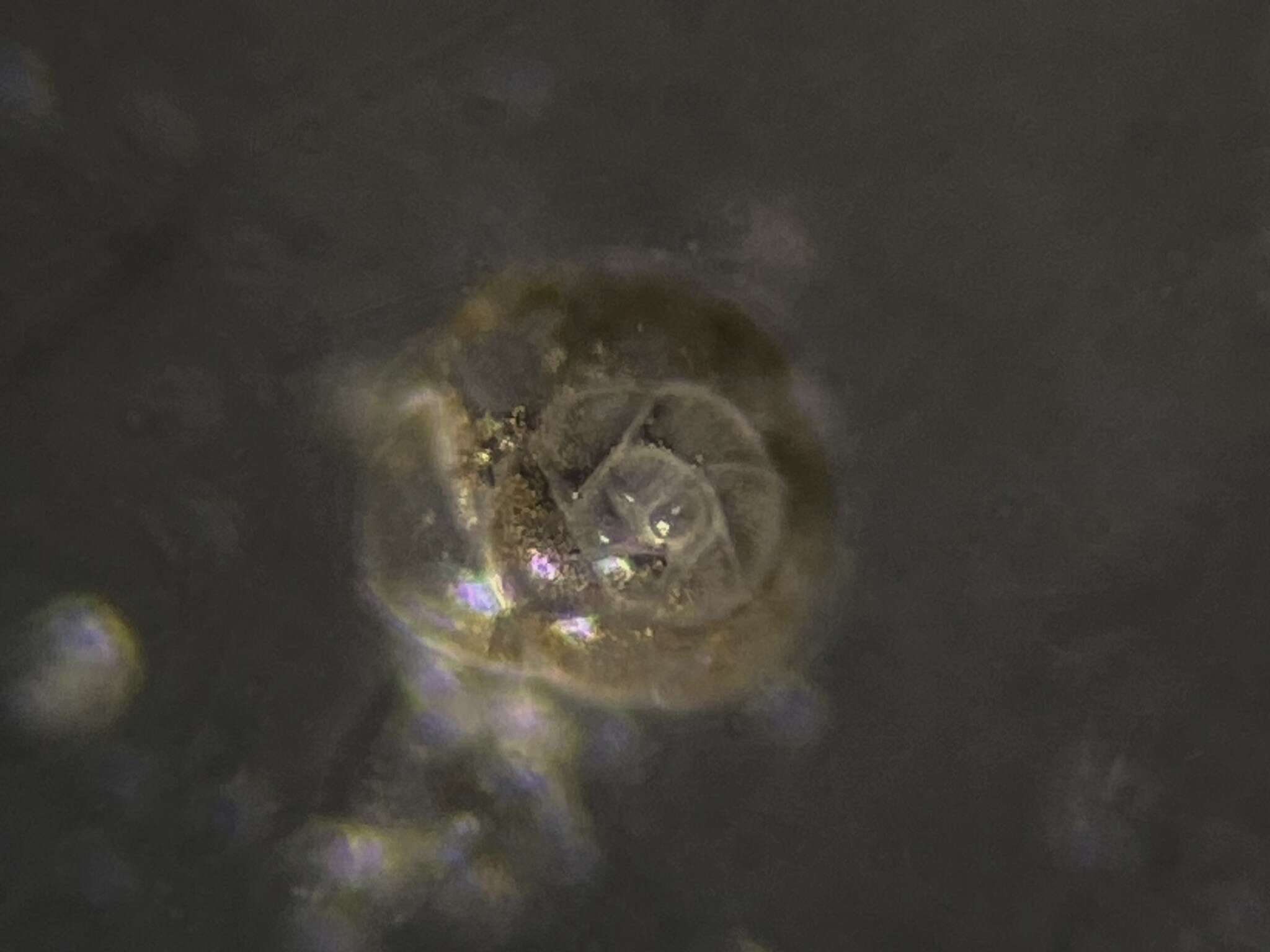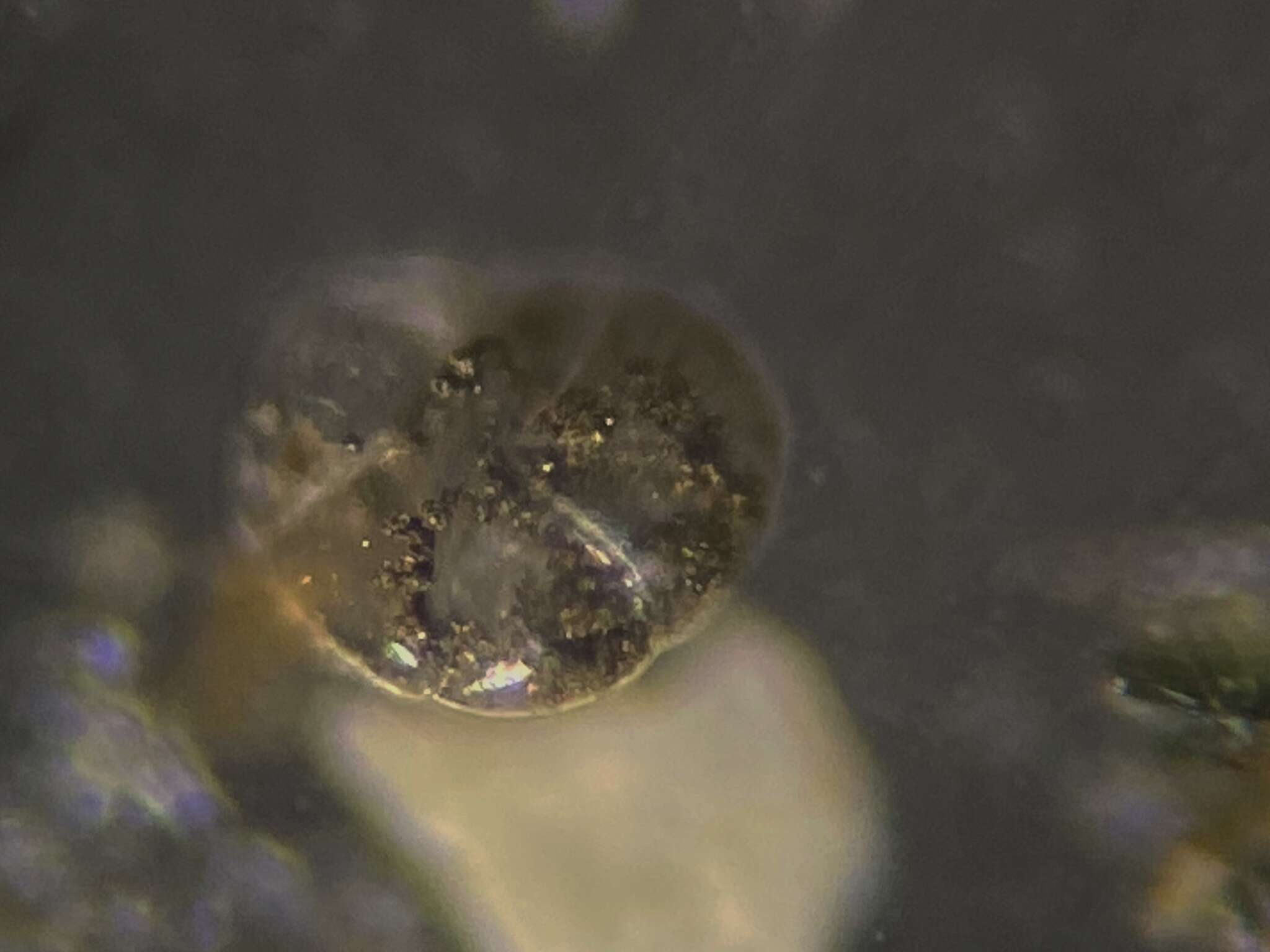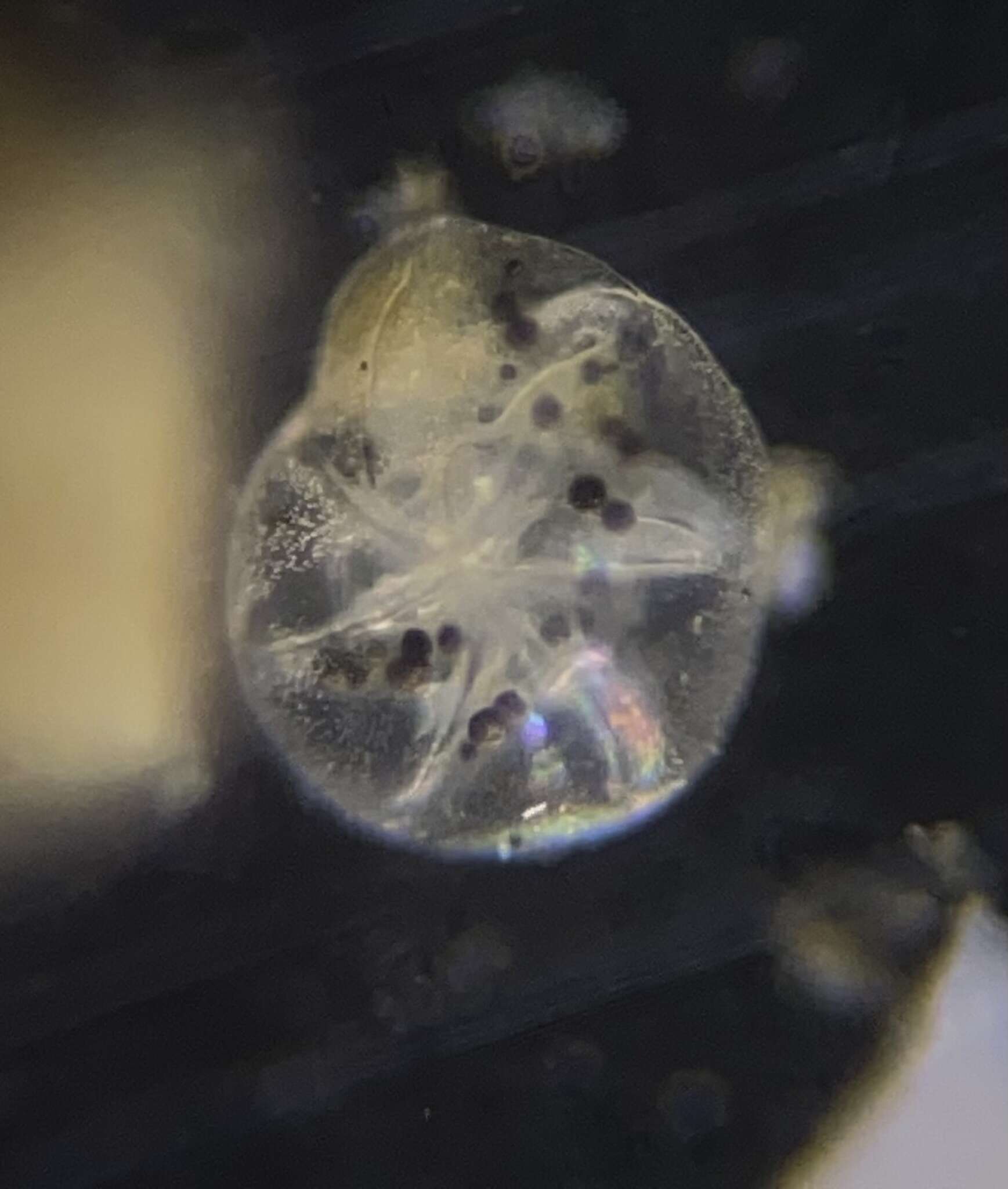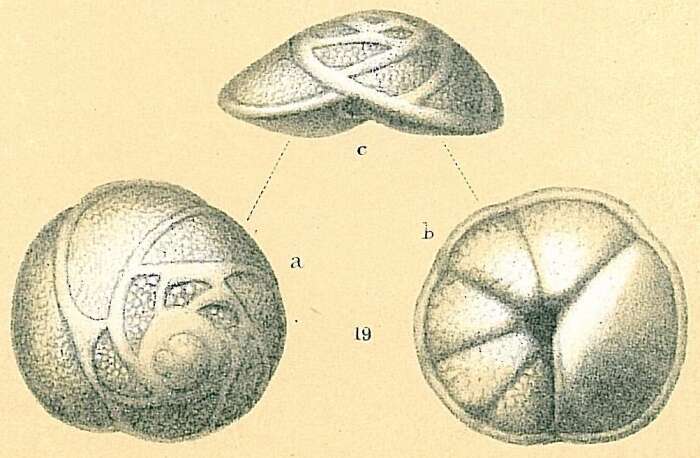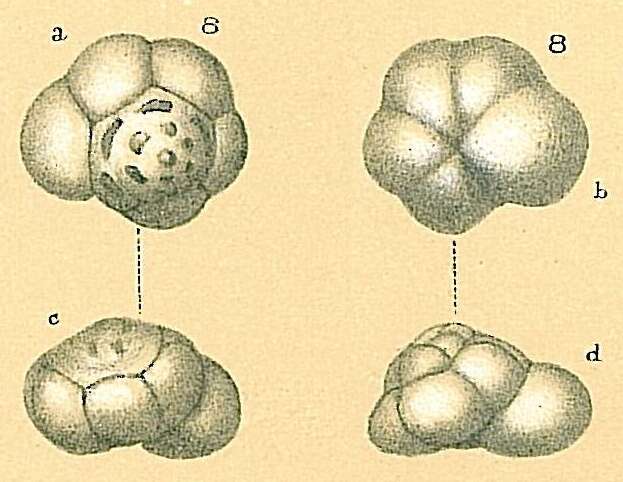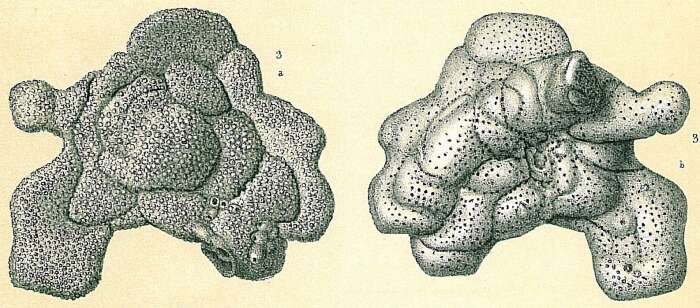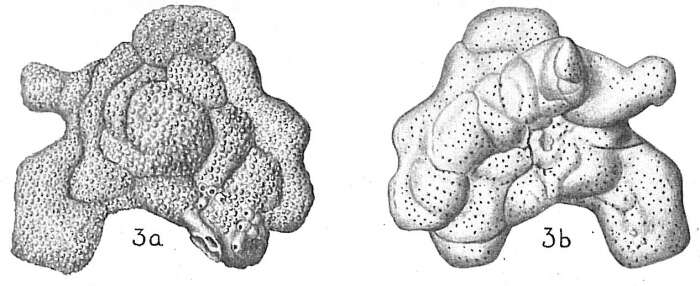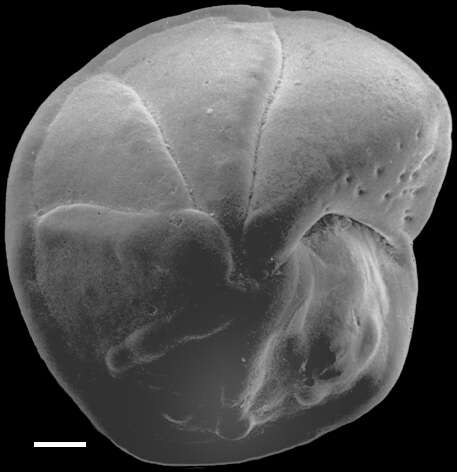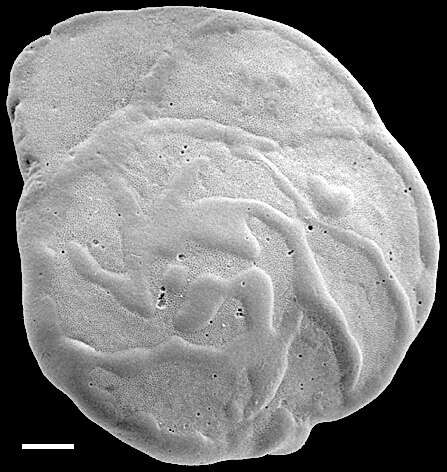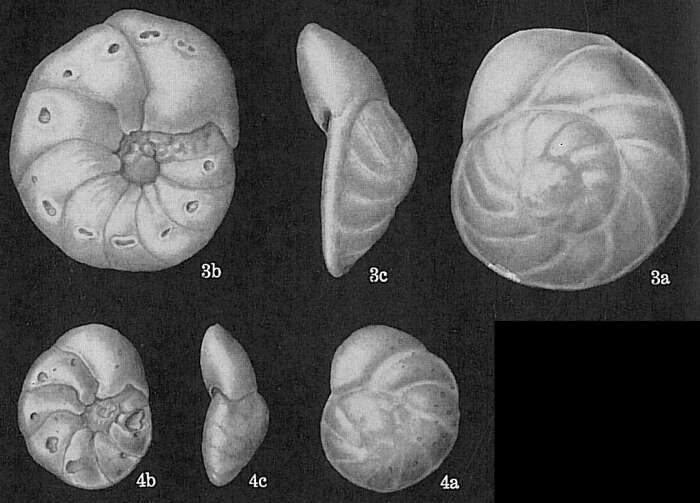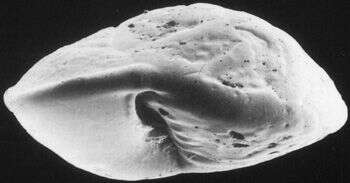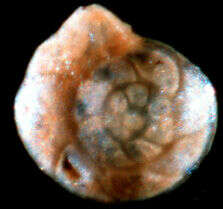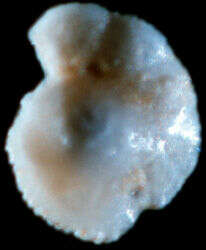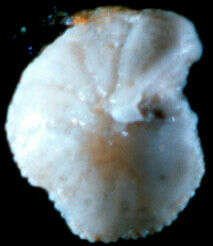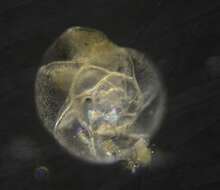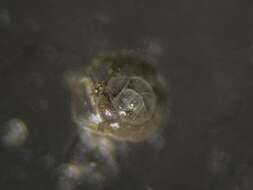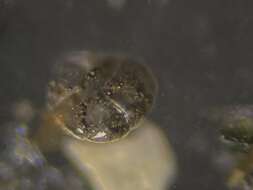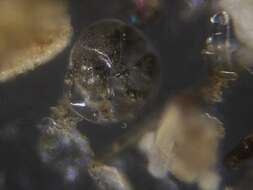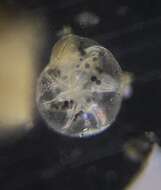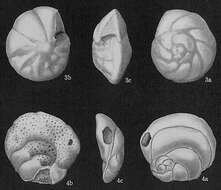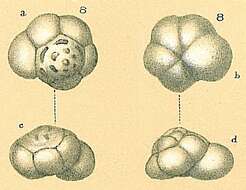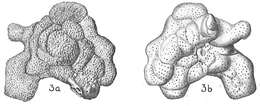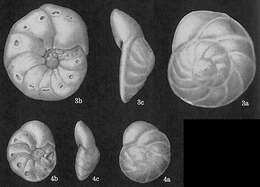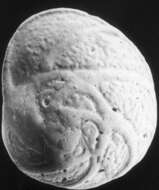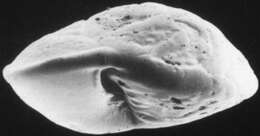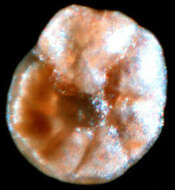-
-
-
-
-
-
-
Eponides repandus sensu Jones, R.W. 1994. The Challenger Foraminifera. Image source: Brady, H.B. (1884) Pl. 104
-
Image source: Cushman, J.A. 1931. The Foraminifera of the Atlantic Ocean. Part 8. Rotaliidae, Amphisteginidae, Calcarinidae, Cymbaloporettidae, Globorotaliidae, Anomalinidae, Planorbulinidae, Rupertiidae and Homotremidae. Bull. U.S. Natl. Mus. 104.
-
Image source: Todd, R. 1965. The Foraminifera of the Tropical Pacific Collections of the ”Albatross”, 1899-1900. Part 4. Rotaliform families and planktonic families [End of Volume]. Bull. U.S. Nation. Mus 161: v+139 pp.+28 pls.
-
Ioanella tumidula sensu Jones, R.W. 1994. The Challenger Foraminifera. Image source: Brady, H.B. (1884) Pl. 95
-
Planopulvinulina dispansa sensu Jones, R.W. 1994. The Challenger Foraminifera. Image source: Brady, H.B. (1884) Pl. 115
-
Image source: Cushman, J.A. 1931. The Foraminifera of the Atlantic Ocean. Part 8. Rotaliidae, Amphisteginidae, Calcarinidae, Cymbaloporettidae, Globorotaliidae, Anomalinidae, Planorbulinidae, Rupertiidae and Homotremidae. Bull. U.S. Natl. Mus. 104.
-
Poroeponides lateralis sensu Jones, R.W. 1994. The Challenger Foraminifera. Image source: Brady, H.B. (1884) Pl. 106
-
Northland, Cavalli Islands, 1 m depth, Plate 9 in Hayward, B.W., Grenfell, H.R., Reid, C.M., Hayward, K.A. 1999. Recent New Zealand shallow-water benthic Foraminifera: Taxonomy, ecologic distribution, biogeography, and use in paleoenvironmental assessment. Institute of Geological and Nuclear Sciences Monograph 21, 258 p.
-
Northland, Cavalli islands, 1 m depth, Plate 9 in Hayward, B.W., Grenfell, H.R., Reid, C.M., Hayward, K.A. 1999. Recent New Zealand shallow-water benthic Foraminifera: Taxonomy, ecologic distribution, biogeography, and use in paleoenvironmental assessment. Institute of Geological and Nuclear Sciences Monograph 21, 258 p.
-
Image source: Todd, R. 1965. The Foraminifera of the Tropical Pacific Collections of the ”Albatross”, 1899-1900. Part 4. Rotaliform families and planktonic families [End of Volume]. Bull. U.S. Nation. Mus 161: v+139 pp.+28 pls.
-
Image source: Todd, R. 1965. The Foraminifera of the Tropical Pacific Collections of the ”Albatross”, 1899-1900. Part 4. Rotaliform families and planktonic families [End of Volume]. Bull. U.S. Nation. Mus 161: v+139 pp.+28 pls.
-
Fossil (Recent) foram found near Naples, Italy. Image courtesy of Stefan Revets. This image first appeared in Hansen and Revets, J. Foram. Res. 22:166-180 (1992) and is used with permission.
-
Image courtesy of Stefan Revets. This image first appeared in Hansen and Revets, J. Foram. Res. 22:166-180 (1992) and is used with permission.
-
The aperture is shifted almost completely to the bottom of the test in this species. Image courtesy of Stefan Revets. This image first appeared in Hansen and Revets, J. Foram. Res. 22:166-180 (1992) and is used with permission.
-
Image of the holotype; test is 0.4 mm. across. This species should actually be placed in the genus
Gavelinopsis. Image courtesy of David B. Scott, Dalhousie University. This image was originally published in
Palaeologica Electronica, vol. 3, issue 2, and is used with the kind permission of that journal and the Paleontological Association.
-
Image of the bottom side of the holotype. Image courtesy of David B. Scott, Dalhousie University. This image was originally published in
Palaeologica Electronica, vol. 3, issue 2, and is used with the kind permission of that journal and the Paleontological Association.
-
A fossil foram, from Tertiary strata in the Muira Peninsula (Japan). Test is 1.2 mm. across. Image courtesy of David B. Scott, Dalhousie University. This image was originally published in
Palaeologica Electronica, vol. 3, issue 2, and is used with the kind permission of that journal and the Paleontological Association.
-
Ventral view, which shows the suture lines more clearly than the damaged dorsal surface of the specimen (see accompanying image). Image courtesy of David B. Scott, Dalhousie University. This image was originally published in
Palaeologica Electronica, vol. 3, issue 2, and is used with the kind permission of that journal and the Paleontological Association.

